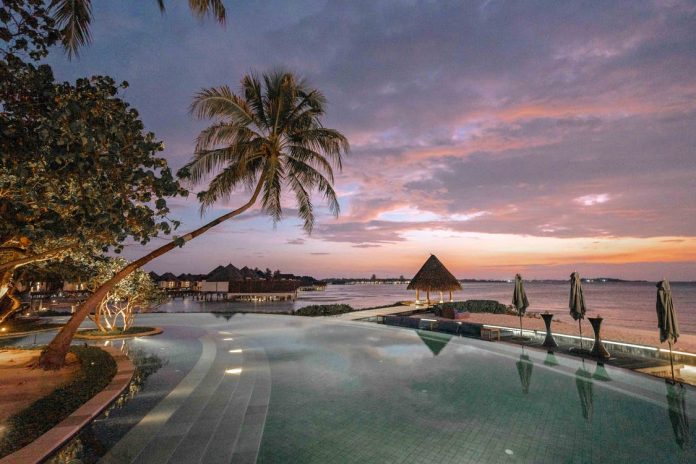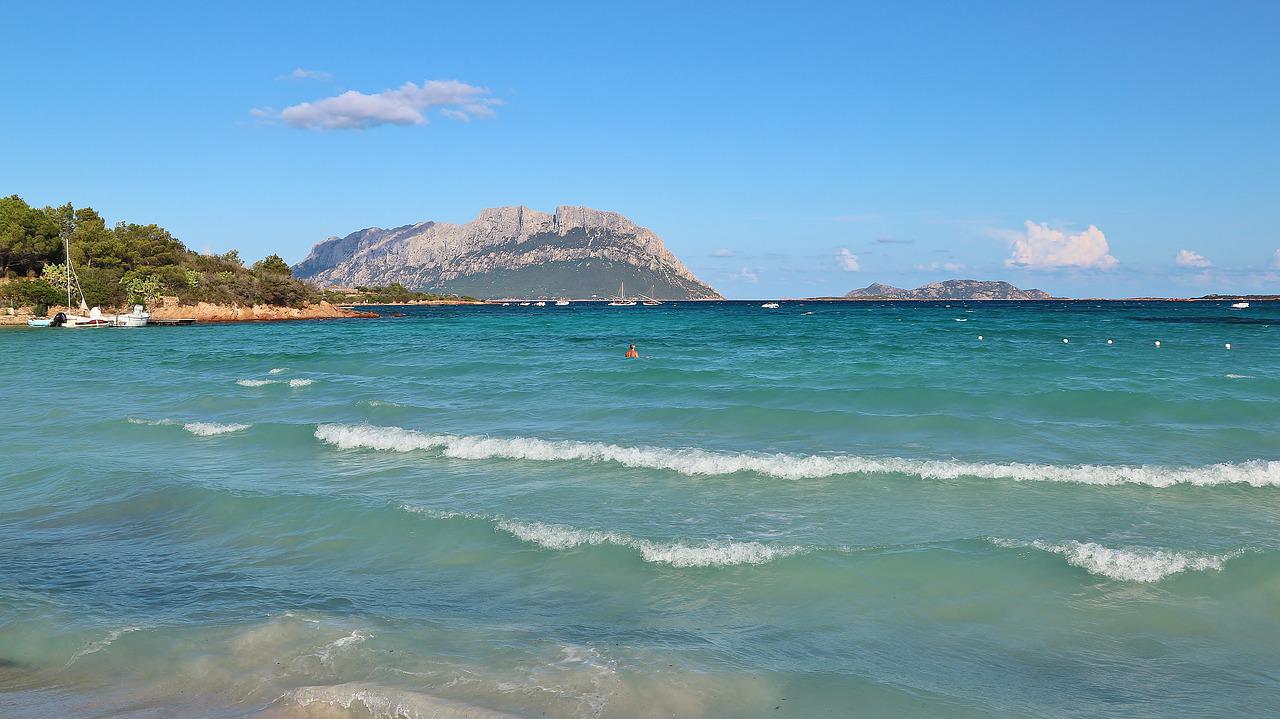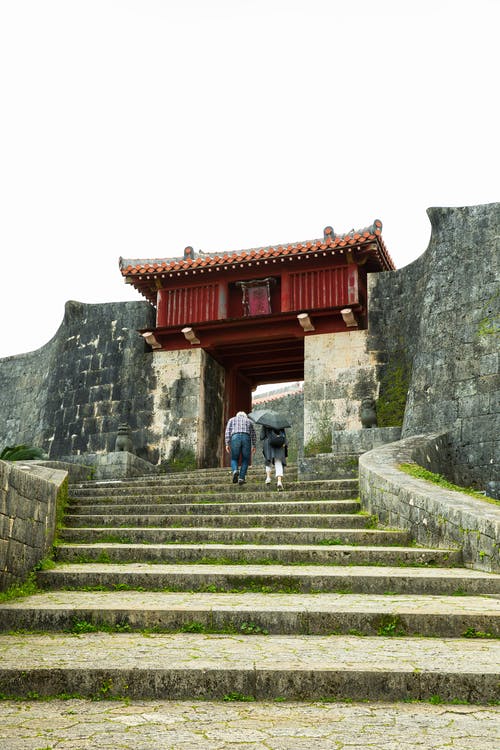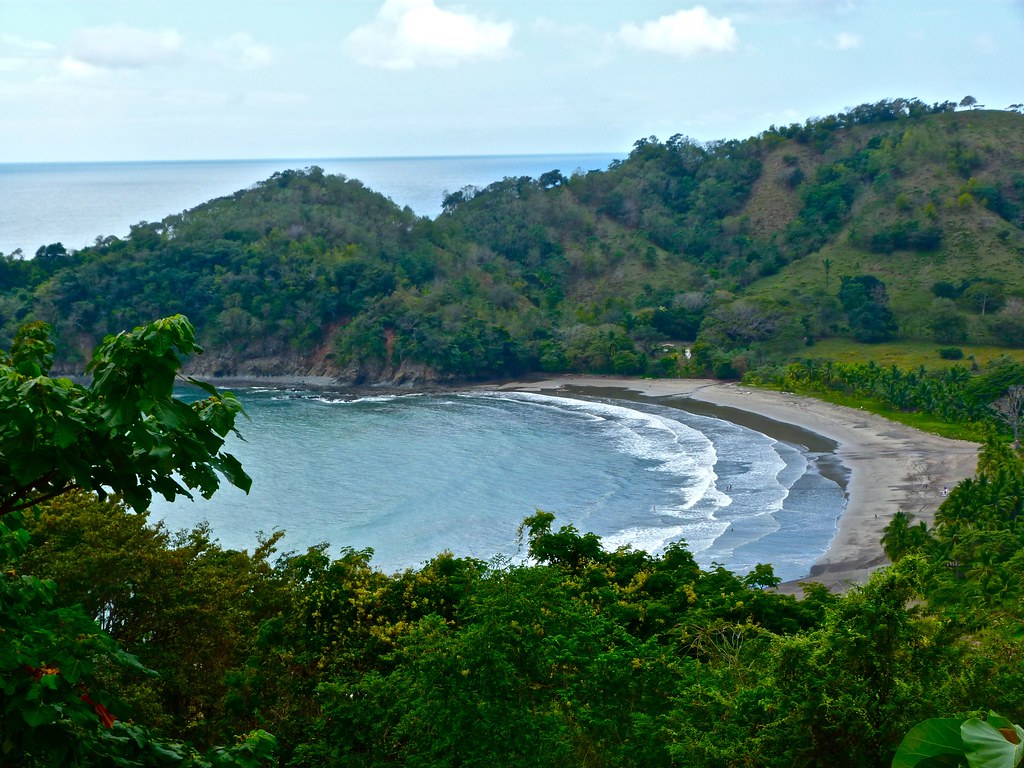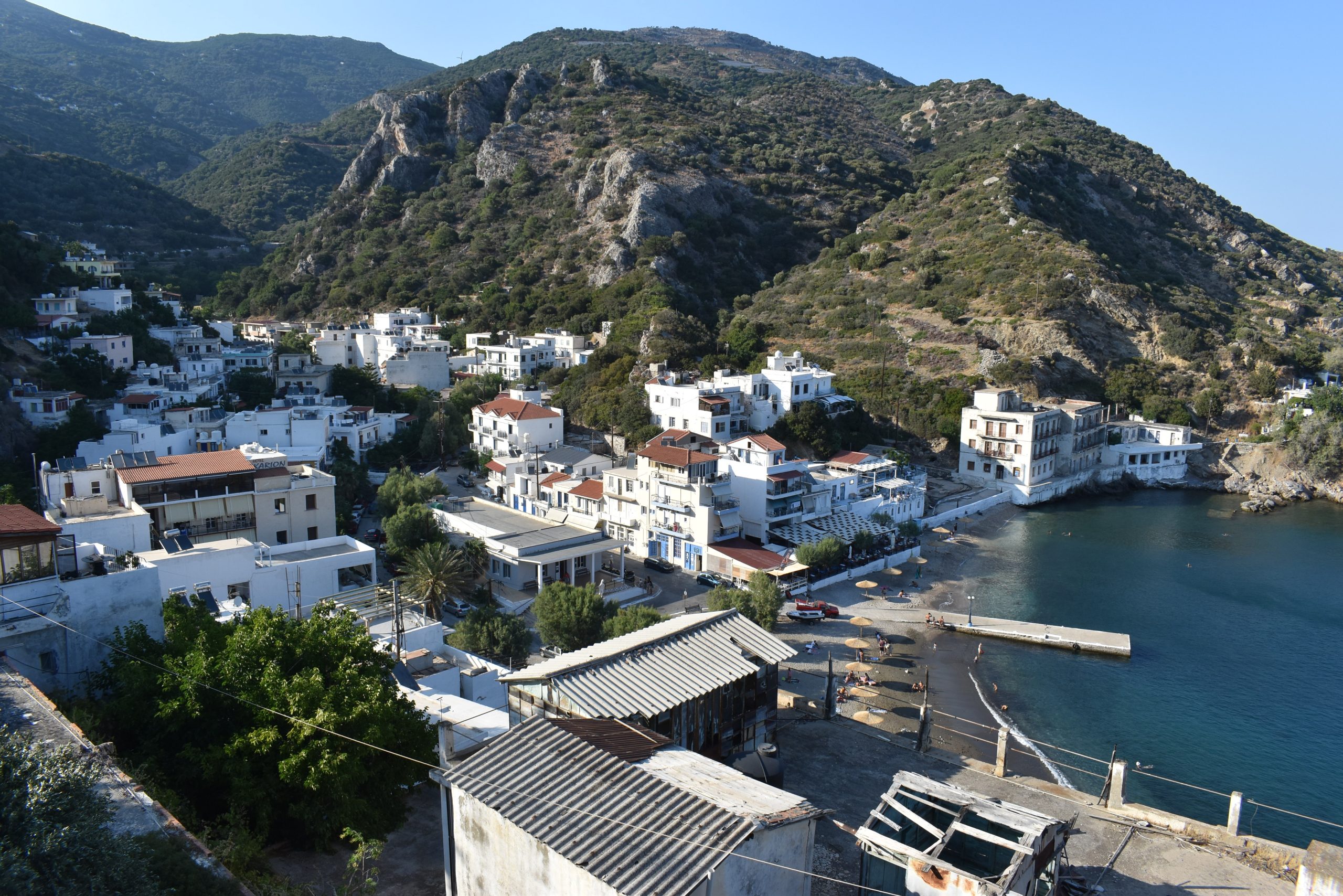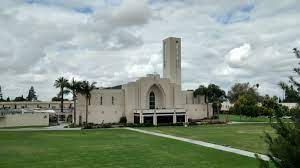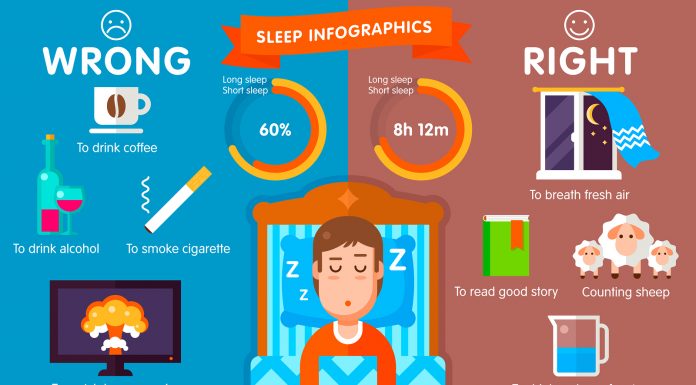What are blue zones and what do they have in common
Blue zones are areas of the world where people live longer and healthier lives than average. There are five well-known blue zones: Sardinia, Okinawa, Nicoya, Icaria, and Costa Rica. These areas share several common characteristics, including a strong sense of community, a culture of healthy eating, and healthy living.
For example, in Sardinia, residents have a strong sense of family and social cohesion. They also follow the “Mediterranean diet,” which is rich in healthy foods like olive oil, fresh fruit and vegetables, and fish.
Similarly, in Okinawa, people maintain a strong sense of community and eat a diet that is high in fruits and vegetables and low in meat.
Costa Ricans also have a strong sense of community and eat a diet that includes beans, rice, and fresh produce. In addition to these commonalities, all of the blue zones project communities have active lifestyles.
People in these areas walk or bike for transportation instead of driving, and they take part in regular physical activity. As a result of these healthy lifestyle choices, residents of blue zones tend to live longer and experience less chronic illness than people in other parts of the world.
The 5 blue zones project communities
When it comes to longevity, certain places stand out as true blue zones, where people are more likely to live significantly longer than average. These top five blue zones have been studied extensively by scientists and health experts in order to understand the factors that contribute to their outstanding lifespans.
These factors include things like strong community ties and a focus on overall well-being, as well as access to affordable healthcare and nutritious food options. Other common themes among these blue zone regions include:
- natural beauty
- a slower pace of life
- a commitment to physical activity and outdoor play.
Overall, it is clear that these places offer a wealth of insights for anyone interested in achieving a long, healthy life. So if you’re ready for some serious longevity inspiration, look no further than these top five blue zones!
Sardinia, Italy
Sardinia is a small island off the coast of Italy that is home to a large population of centenarians. In fact, Sardinia has the highest concentration of centenarians in the world. One out of every 1,000 Sardinians lives to be over 100 years old.
Researchers have dubbed Sardinia a “blue zone” because of its high life expectancy. They believe that there are several factors that contribute to the longevity of its residents. One theory is that the Mediterranean diet – which is rich in fruits, vegetables, whole grains, and healthy fats – plays a role. Another factor may be the close-knit social connections that Sardinians enjoy.
Regular physical activity and a sense of purpose seem to be important factors in the longevity of Sardinians. While we cannot necessarily replicate all of the elements of the Sardinian lifestyle, there are certainly lessons that we can learn from their example.
Okinawa, Japan
Okinawa is a unique and fascinating place, known for its vibrant blue waters and gentle cultural traditions. This island has long been considered a “blue zone.” It is a place where people naturally live longer and healthier lives. Researchers have studied the lifestyles of Okinawa’s inhabitants, searching for the key elements that contribute to their incredible longevity.
They have found that diet and exercise are both crucial factors. Most people in Okinawa enjoy plenty of fresh fish, fruits, and vegetables along with an active lifestyle that includes regular hiking and gardening.
But perhaps even more important than diet or exercise is the supportive community that thrives in Okinawa. The tight-knit villages allow residents to form strong bonds of friendship and support. This results in reduced stress levels and higher rates of happiness.
Overall, Okinawa offers a fascinating glimpse into what it takes to lead a long and healthy life.
Nicoya, Costa Rica
The Nicoya Peninsula in Costa Rica is one of five so-called “blue zones” around the world where people live significantly longer than average. One of the key factors that have been linked to the longevity of residents in the Nicoya Peninsula is their diet.
The traditional diet in this region is based on beans, corn, squash, and other fresh fruits and vegetables. This diet is relatively low in calories and fat, but it is also high in fibre and antioxidants.
The Nicoya Peninsula has a very low rate of heart disease. This may be due to the high levels of omega-3 fatty acids found in fish, which are a staple of the Nicoya diet.
The Nicoya Peninsula is also home to a large number of centenarians, or people over the age of 100. These individuals often attribute their longevity to a combination of healthy eating, regular exercise, and strong social ties. While the exact recipe for a long life remains a mystery, there is no doubt that the Nicoya Peninsula is a place where people tend to live well into their old age.
Icaria, Greece
Located off the coast of Greece, the small island of Icaria is known as a blue zone – a place where people seem to live longer and healthier lives. This phenomenon has been attributed to many different factors on the island. Including its clean air and nourishing organic food to its strong sense of community and supportive social culture.
Whatever the reason, it is clear that there is something unique about Icaria that sets it apart from other areas around the world. Whether we can replicate these conditions in other places or not is a question still up for debate. But it seems clear that we can learn a great deal from this beautiful little blue zone.
Perhaps by studying its people, traditions, and geography more closely, we can gain some valuable insights into what makes us thrive as human beings.
So let’s not just marvel at the remarkable longevity of those living on Icaria. Let’s take action and start exploring what truly makes them so special. After all, if there’s any chance that their secrets might allow us to live longer, stronger lives ourselves, then it’s definitely worth finding out about.
Loma Linda, USA
The blue zone Loma Linda is a community located in Southern California that is known for its extraordinary longevity. This region has one of the highest percentages of centenarians in the world. Researchers have been working to uncover the secrets behind this remarkable phenomenon. It is believed that several key factors contribute to the incredible health and vitality of the people living in Loma Linda.
These factors include:
- a strong sense of community and social connection
- a diet rich in whole foods and plants, regular physical activity, and positive, stress-free attitudes towards life
- researchers speculate that there may also be some genetic or evolutionary factors at play.
Regardless of what accounts for its exceptional longevity. It is clear that the blue zone Loma Linda represents an exciting opportunity for people all over the world. We can learn from these remarkable individuals and adopt healthier habits in their own lives.
The lifestyle habits of people living in blue zones
The term “blue zone” was coined by demographer Gianni Pes and refers to areas of the world where people live longer and healthier lives. While there are several factors that contribute to the longevity of blue zone residents, there are some common lifestyle habits that seem to play a role.
For example, many blue zone residents eat a plant-based diet, with small amounts of meat or fish. They also consume moderate amounts of alcohol, typically in the form of wine.
Blue zone residents tend to be physically active and have strong social connections. These lifestyle habits provide some insights into how we can live longer and healthier lives.
However, it is important to remember that not everyone can (or should) adopt the same lifestyle. What works for one person may not work for another. The key is to find what works for you and stick with it.
How to adopt some of the lifestyle habits of people living in blue zones
People who live in blue zones – areas with the highest concentration of centenarians – share common lifestyle habits that contribute to their longevity.
Although genetic factors play a role, studies have shown that lifestyle choices are the major determinant of how long and how well we will live.
Here are some of the key habits of blue zone residents that we can all adopt to improve our health and longevity:
- They eat a plant-based diet rich in fruits, vegetables, whole grains, and beans.
- They consume small amounts of meat and dairy, and they limit processed foods, sugar, and refined carbohydrates.
- They stay active throughout their lives. In addition to regular exercise, they often incorporate physical activity into their daily routine by gardening, walking instead of driving, and taking the stairs instead of the elevator.
- They have a strong sense of purpose. Studies have shown that having a sense of purpose is associated with a lower risk of mortality. For many blue zone residents, this sense of purpose comes from their religion or from their commitment to their families and communities.
- They maintain close social ties.
In blue zones, people typically have strong social networks that provide support, love, and companionship. These social ties also help to keep people engaged and active as they age.
If you’re looking to adopt some of the longevity-promoting habits of blue zone residents. Start by making small changes to your diet and activity level. Try adding more fruits and vegetables to your meals, and get out and walk more often.
You may also want to consider ways to increase your sense of purpose, such as volunteering or joining a community organization. Be sure to stay connected with the important people in your life. Whether it’s through regular social activities or making time for meaningful conversations. With time and practice, these small changes can help you to live a longer, healthier life.
The benefits of adopting the lifestyle habits of people living in a blue zone
The risk of developing chronic diseases can be reduced by adopting the lifestyle habits of people living in so-called blue zones. These are areas of the world where residents have a long life expectancy and a low incidence of chronic diseases such as heart disease, obesity, and diabetes.
The lifestyle habits of blue zone residents include eating a healthy diet, staying active, and having a strong social network. The people of Okinawa, Japan, eat mostly plants, fish, and whole grains. They also walk or bike for transportation instead of driving and spend time every day with family and friends. Okinawans also have a strong sense of purpose in life, which has been linked to increased longevity.
Although not everyone can move to a blue zone, we can all adopt the healthy lifestyle habits of these long-lived populations. By doing so, we can improve our chances of living long, healthy lives.
Final thoughts on the lessons we can learn from blue zones
There is much to learn from the people living in blue zones – areas of the world with the longest life expectancies and the lowest rates of chronic disease.
These populations have developed a number of healthy lifestyle habits that have contributed to their longevity, including eating a nutritious diet, staying active, and maintaining strong social connections.
By following some of the key lessons of blue zone residents, we can all work to improve our health and well-being. These include adopting a plant-based diet rich in fruits, vegetables, whole grains, and beans; staying active through regular exercise or physical activity; and finding ways to increase our sense of purpose in life.
Maintaining close social ties with family and friends can help us stay active and engaged as we age, which is another important factor in living a long and healthy life.
So whether you are looking to adopt some of the longevity-promoting habits of blue zone residents or just want to make a few small changes to improve your health, start by making simple changes today.
With time and practice, you can make a big impact on your health and well-being. Thanks for reading!















